Table of content
Whitebait, the collective term for the juvenile stages of various small fish species, has long been celebrated as a culinary treasure in coastal regions worldwide. These tiny, translucent fish—often no longer than a few centimeters—are prized for their delicate flavor, tender texture, and nutritional richness. While their diminutive size might suggest simplicity in preparation, cooking whitebait to perfection requires precision, creativity, and an understanding of the delicate balance between flavor and technique. This article explores the intricacies of transforming this humble ingredient into a dish that tantalizes the senses, from selecting the freshest catch to mastering advanced cooking methods.
The Essence of Whitebait: A Brief Introduction
Whitebait is not a single species but a generic term encompassing the fry of fish like herring, sprat, anchovy, and smelt. Found in oceans, rivers, and estuaries, these silvery fish are harvested during their early life stages, typically before they reach maturity. Their culinary appeal lies in their mild, slightly briny taste and soft, almost melt-in-the-mouth consistency. Nutritionally, whitebait is a powerhouse, rich in omega-3 fatty acids, protein, vitamin D, and calcium, making it a healthy addition to any diet.
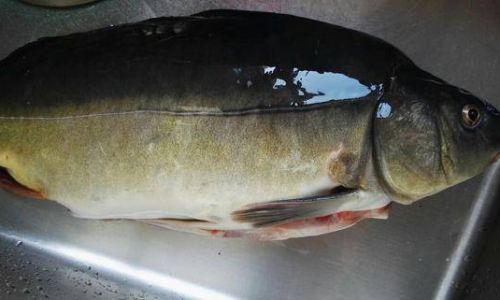
Despite their global presence, whitebait dishes vary significantly by region. In New Zealand, they are fried whole and served as a crispy snack; in Mediterranean countries, they might be sautéed with garlic and herbs; while in Asian cuisines, they could be steamed or incorporated into soups. Regardless of the preparation style, the key to unlocking their full potential lies in treating them with respect—preserving their fragility while enhancing their natural flavors.
Selecting and Storing Whitebait: The Foundation of Flavor
The journey to a memorable whitebait dish begins at the source: selecting the freshest possible catch. Fresh whitebait should exhibit vibrant, translucent skin with a shimmering silver hue. Avoid specimens that appear dull, discolored, or overly slimy, as these are signs of degradation. The eyes, if visible, should be clear and bulging, while the gills (in whole fish) should be bright red.
When purchasing whitebait, opt for reputable suppliers or local fishermen who adhere to sustainable practices. Overfishing has threatened certain whitebait populations, so choosing ethically sourced options ensures both quality and environmental responsibility. If fresh whitebait is unavailable, frozen alternatives can suffice, but they must be thawed slowly in the refrigerator to prevent texture loss.
Storage is equally critical. Fresh whitebait should be consumed within 24 hours of purchase. To extend shelf life, rinse them gently under cold water, pat dry with paper towels, and layer between ice packs in a sealed container. Avoid submerging them in water, as this leaches flavor and nutrients.
Preparation Techniques: Cleaning and Seasoning
Whitebait requires minimal preparation due to their small size, but meticulous handling is essential to preserve their integrity. Begin by rinsing them under cold running water to remove any impurities or scales. Some recipes call for gutting, but this is often unnecessary unless the fish are particularly large or the entrails impart bitterness.
For whole-fish preparations, leave the heads and tails intact—they contribute to the dish’s visual appeal and crunch. If desired, gently pinch the heads to remove internal organs, but avoid excessive force, as this can break the delicate flesh.
Seasoning should enhance, not overpower, the whitebait’s natural flavors. A simple marinade of lemon zest, fresh herbs (such as dill or parsley), and a pinch of sea salt is often sufficient. For deeper complexity, consider adding a splash of white wine or a touch of smoked paprika. Marinating for 15–20 minutes suffices, as prolonged exposure can cause the fish to break down.
Cooking Methods: From Crispy to Delicate
Pan-Frying: The Classic Approach
Pan-frying is the most common method for cooking whitebait, yielding a crispy exterior while keeping the interior tender. The key is to use a neutral, high-smoke-point oil (such as grapeseed or peanut oil) and maintain a consistent medium-high heat.
Technique:
- Pat the whitebait dry to prevent splattering.
- Dust lightly with seasoned flour (rice flour for gluten-free options) to encourage crispiness.
- Fry in batches, avoiding overcrowding, for 2–3 minutes per side until golden brown.
- Drain on paper towels and serve immediately with lemon wedges.
Pro Tip: For an extra crunch, coat the whitebait in a mixture of cornstarch and baking powder before frying.
Deep-Frying: Achieving Uniform Crispiness
Deep-frying ensures even cooking and maximum crunch, making it ideal for large batches. Use a deep, heavy-bottomed pot and a thermometer to maintain oil temperature between 175–180°C (345–355°F).
Technique:
- Toss the whitebait in a light batter (tempura or beer batter works well) to create a protective layer.
- Lower gently into the oil using a slotted spoon, frying for 1–2 minutes until puffed and golden.
- Serve with a dipping sauce, such as aioli or sweet chili.
Avoid: Overloading the fryer, which lowers oil temperature and results in greasy fish.
Baking: A Healthier Alternative
Baking whitebait retains their moisture while imparting a subtle smokiness. This method pairs well with herb-infused breadcrumbs or grated Parmesan for added texture.
Technique:
- Preheat the oven to 200°C (400°F).
- Toss the whitebait in olive oil, minced garlic, and breadcrumbs.
- Spread in a single layer on a baking sheet and bake for 8–10 minutes until crisp.
Variation: Add lemon slices or cherry tomatoes to the pan for a burst of acidity.
Sautéing with Aromatics
Sautéing whitebait with garlic, shallots, or chili flakes creates a fragrant, flavorful dish. This method works best with slightly larger whitebait varieties.
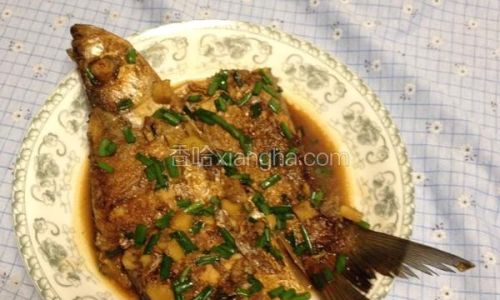
Technique:
- Heat olive oil in a skillet over medium heat.
- Add minced garlic and red pepper flakes, sautéing until fragrant.
- Toss in the whitebait and cook for 3–4 minutes, stirring gently.
- Finish with a squeeze of lemon and chopped parsley.
Pairing Suggestion: Serve over creamy polenta or alongside crusty bread.
Steaming: Preserving Delicacy
Steaming is a gentle cooking method that highlights whitebait’s inherent sweetness. This technique is popular in Asian cuisines, where the fish are often steamed with ginger and soy.
Technique:
- Line a steamer basket with parchment paper to prevent sticking.
- Arrange the whitebait in a single layer and steam for 4–5 minutes.
- Drizzle with sesame oil, soy sauce, and sliced scallions.
Pro Tip: Add a few slices of fresh ginger to the steaming liquid for aromatic depth.
Advanced Recipes: Elevating Whitebait to Gourmet Status
Whitebait Fritters with Lemon-Dill Aioli
Ingredients:
- 200g fresh whitebait
- 100g all-purpose flour
- 2 eggs, beaten
- 1/4 cup milk
- 1 tsp baking powder
- Zest of 1 lemon
- 2 tbsp chopped dill
- Vegetable oil for frying
Aioli:
- 1/2 cup mayonnaise
- 1 tbsp lemon juice
- 1 garlic clove, minced
- 1 tbsp chopped dill
Method:
- Whisk the flour, baking powder, lemon zest, and dill in a bowl.
- Stir in the eggs and milk to form a thick batter.
- Fold in the whitebait, ensuring even coating.
- Heat oil in a skillet and drop spoonfuls of batter, frying until golden.
- Serve with lemon-dill aioli.
Whitebait Risotto with Saffron and Peas
Ingredients:
- 150g whitebait
- 1 shallot, finely diced
- 1 cup Arborio rice
- 1/2 cup white wine
- 4 cups fish stock
- 1/2 tsp saffron threads
- 1/2 cup peas
- Parmesan cheese, grated
Method:
- Sauté the shallot in olive oil until translucent.
- Add the rice and toast for 2 minutes.
- Deglaze with wine, then add saffron-infused stock a ladle at a time.
- Stir in peas during the final 5 minutes of cooking.
- Fold in the whitebait and Parmesan, cooking until warmed through.
Grilled Whitebait Skewers with Romesco Sauce
Ingredients:
- 300g whitebait
- Wooden skewers, soaked in water
- 1 cup roasted red peppers
- 1/4 cup almonds, toasted
- 1 garlic clove
- 1 tbsp smoked paprika
- 2 tbsp sherry vinegar
Method:
- Thread whitebait onto skewers, alternating with lemon slices.
- Grill over medium heat for 2–3 minutes per side.
- Blend the romesco ingredients until smooth.
- Serve skewers with sauce for dipping.
Troubleshooting Common Issues
- Soggy Texture: Ensure oil is hot enough before frying. Overcrowding the pan lowers temperature and causes steaming.
- Burnt Exterior, Raw Interior: Reduce heat and cook in smaller batches.
- Fishy Aftertaste: Marinate in milk or buttermilk for 10 minutes to neutralize odors.
- Sticking to the Pan: Use a non-stick skillet or coat the pan with a thin layer of oil.
Pairing Suggestions: Beverages and Sides
- Wine Pairing: A crisp Sauvignon Blanc or unoaked Chardonnay complements whitebait’s delicate flavors.
- Beer Pairing: A light lager or wheat beer enhances crispy preparations.
- Sides: Roasted potatoes, grilled asparagus, or a fresh green salad balance richness.
Health Benefits and Nutritional Profile
Whitebait’s nutritional value makes it a smart dietary choice. A 100g serving provides:
- Protein: 20g (40% DV)
- Omega-3s: 1.5g (supports heart and brain health)
- Vitamin D: 25% DV (aids calcium absorption)
- Calcium: 15% DV (strengthens bones)
Its low mercury content (due to small size and short lifespan) further cements its status as a safe seafood option.
Cultural Significance and Sustainability
Whitebait holds cultural importance in regions like New Zealand, where it is a traditional Māori food. However, overfishing and habitat destruction have led to population declines. Sustainable practices, such as adhering to seasonal quotas and supporting aquaculture initiatives, are vital for preserving this resource.
Conclusion: The Joy of Simplicity
Cooking whitebait is an exercise in restraint and reverence for nature’s bounty. Whether fried to golden perfection or steamed with aromatic herbs, these tiny fish offer a canvas for culinary creativity. By prioritizing freshness, mastering techniques, and embracing sustainability, you can elevate whitebait from a humble ingredient to a dish that delights the palate and nourishes the soul. So next time you encounter these silvery gems, remember: greatness lies not in complexity, but in the artful celebration of simplicity.
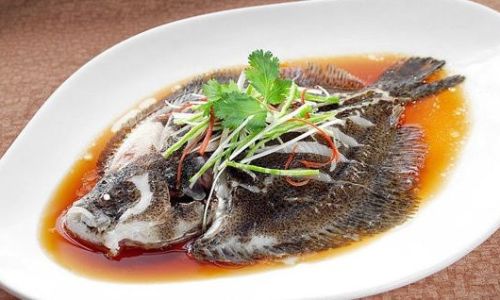
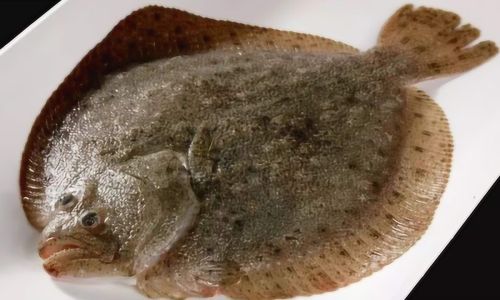
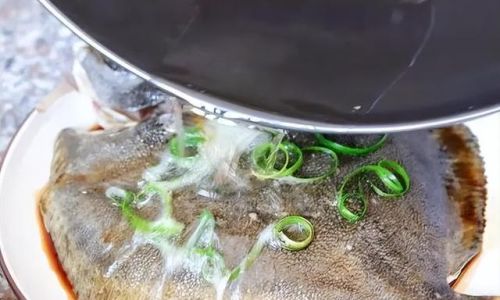
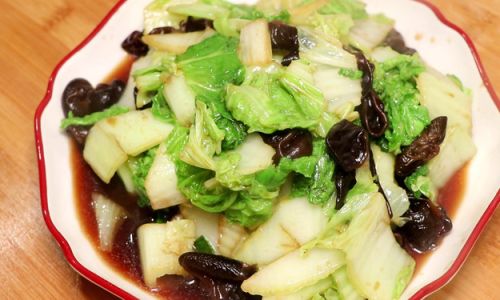
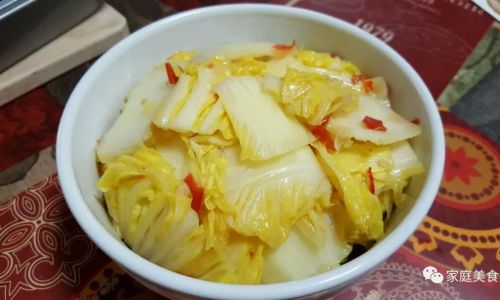
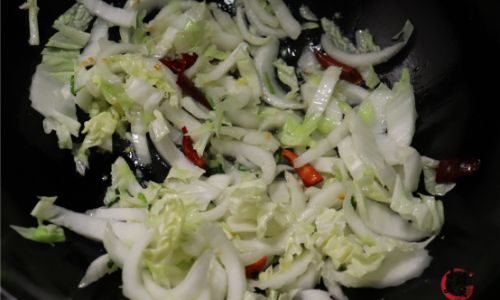
0 comments